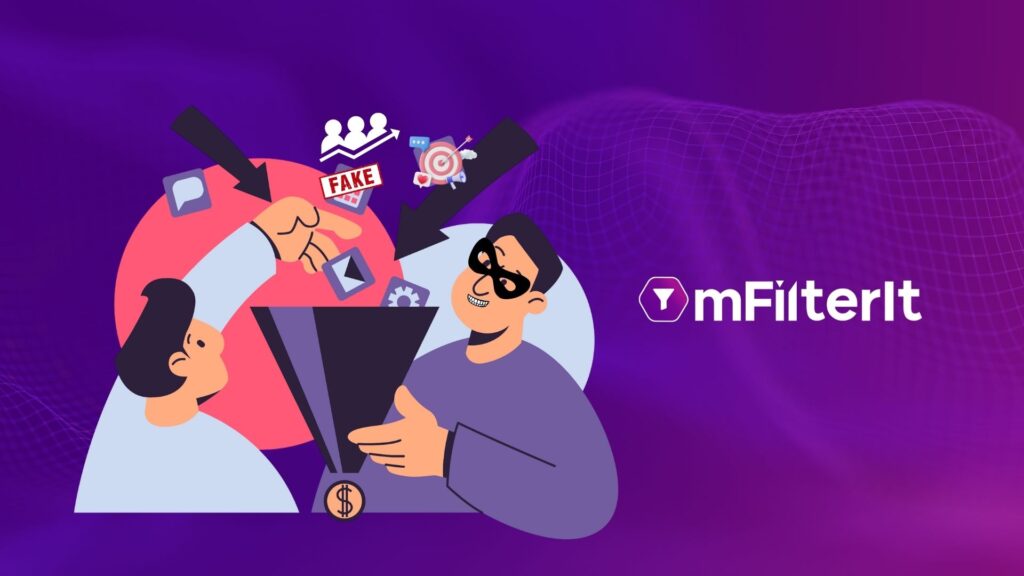Profit. That’s the main goal of every business.
Amongst all advertising solutions, pay-per-click advertising is considered highly lucrative to achieve this goal.
But new ad fraud techniques being discovered each day, such as click farms, are costing advertisers around the globe billions of dollars.
Click farms are wreaking havoc in the digital world, duping innocent marketers and forcing vulnerable farmers to work in poor conditions. Thanks to human interference, click farms outsmart even the most sophisticated bot detection solutions. These farms could be why you cannot meet your goals despite hitting your KPIs.
Table of Contents
ToggleUnderstanding Click Farms
Managed by human-run fraud organizations, click farms exploit large numbers of low-wage workers from developing countries. The job of these workers demands clicking not on a few but thousands of online paid ads, social media posts, or PPC ads.
Workers in click farms click on ads without intending to convert and add empty impressions to the metrics. The fraudsters often go as far as visiting the sites, filling out the form, authorizing application installations, or making a (fake) purchase.
Click fraud activity artificially inflates the number of clicks and impressions, draining your advertising budget and increasing the click farm’s revenue in the process.
Click farms also make it difficult for marketers to ascertain a campaign’s true performance. The fake impressions, likes, and clicks can make a post or campaign appear more popular than it is, leading to false engagement numbers, thus the said challenge. These numbers also lead to the spreading of misleading information among consumers.
Besides, since these farms are managed by humans and not bots, click fraud detection has become more challenging.
An Overview of the Click Farm Operations
Primarily, click farms are focused on three major aspects of digital advertising solutions.
-
Social Media Platforms:
Occurring on all social media platforms, such as Twitter, LinkedIn, Facebook, or Instagram, click farms not only increase the number of impressions and clicks in just a few days but also artificially boost posts.
-
PPC:
With PPC advertising, advertisers pay for clicks. Click farms are used to drain ad budgets by producing fraudulent clicks on ads.
-
Website Traffic:
Ad publishers often employ PPC farms to inflate their traffic numbers. This can help them make their websites appear as lucrative and real estate.
Types of Click Farms
Three major types of click farms are running in developing countries, like India, China, Bangladesh, Philippines, Africa, and Eastern Europe.
-
Human-based
These are run by organizations where owners employ individuals to generate traffic and increase engagement metrics.
-
Bot-based
These are similar to human-based. The only difference is the number of people engaged in the operation is less. More bots are employed to achieve the same results.
-
Mixed
As the name suggests, this type of click farm is a combination of both. Some individuals are employed to manually generate revenue for the fraud organizations, while others are hired to control bots and other click fraud software.
Impact of Click Farms on Advertisers
In 2022, the cost of digital advertising fraud, including click farms, reached a staggering $81 billion, expected to reach $100 billion by the end of 2023. For every $3 advertisers spend on digital ads, $1 is lost in some form of ad fraud.
The financial implications of click fraud on advertisers are certainly a great deal. But it doesn’t just end there. Advertisers are impacted in more ways than one.
Decreased return on investment (ROI) due to inflated metrics
CPI, cost per impression, is a metric that advertisers use to gauge an ad campaign’s effectiveness. Since click farms aimlessly click on paid ads, it artificially inflates the CPI metrics, making it challenging for advertisers to verify their target audience. The ads do not reach the targeted users and spread false information among advertisers about their cost per impression.
Click farms also hamper CPC (cost-per-click) metrics. The increasing number of fake clicks adulterates the number of genuine clicks. Furthermore, this fraud leads to a false increase in the cost of each click in the bidding, increasing the cost per genuine click in the process.
Consequently, advertisers are left with poor quality traffic, drained ad spend, and decreased return on investment.
Erosion of trust in digital advertising platforms
Paid digital advertising is often a solution businesses opt for to increase their sales. However, with the increasing number of ad fraud techniques and invalid click impressions, advertisers’ faith in these practices is shaken.
This lack of trust adversely affects ad spend and brand marketing tactics. Building a mutually beneficial relationship among advertisers and platforms becomes a real challenge, distorting the broader digital advertising ecosystem.
Negative effects on brand reputation
One of the serious implications of ad fraud by click farms is the destruction of brand credibility. Fake clicks and impressions may make genuine customers feel deceived and lose their trust in the brand.
Moreover, bot-based click farms that generate fake interactions on websites or social media platforms may degrade the user experience. Spam or excessive fake comments may make it challenging for genuine customers to navigate through the clutter of fake discussions and truly engage with the content. This frustrates the customer and negatively affects the brand’s reputation.
How to Detect and Prevent Click Fraud
Now, we know click farms are operated by real humans, unlike other ad fraud maneuvers that use bots. Due to their certain behavioral patterns, distinguishing between fake and real users is fairly easy. However, the same cannot be said for click farms since they mimic human behavior and patterns.
To fight the rising ad fraud techniques, ad networks have their protection tools in place to identify the imposters. For instance, Google has an Ad Traffic Quality Team in place to detect and filter out invalid activity by using automatic filters, deep research, and live reviewers.
To add a layer of protection, brands may deploy click fraud protection software, like mfilterIt. These tools use machine learning and artificial intelligence to detect instances of ad fraud in real-time. Some tools may even allow you to block fraud sources automatically, eradicating the room for human error.
Are Click Farms Legal?
Click farms are operated by fraudsters. No doubt. They drain the advertising budget of competitors to increase their revenue. Workers, not botnets, are hired to continue clicking on ads without any intention to convert, affecting the advertiser’s data, budget, and time.
However, despite the implications click farms have on advertisers, the legal consequences of the same are still unclear. Several developing countries are yet to work out laws against click farms. Because of this, prosecution also becomes challenging since these activities take place on a global scale.
Mitigating the Impact
Mitigating the impact of click farms on the digital advertising industry is not an easy undertaking. However, that does not mean that individual brands cannot do anything to protect themselves. Tools like mFilterIt’s ad traffic validation suite offer complete and absolute protection against ad fraud. The tool, equipped with AI and ML capabilities, monitors your ad campaigns in real-time to detect and block fraudulent activity.
Beyond this, as part of a bigger digital advertising ecosystem, it is our responsibility to spread awareness about click farms. Literature such as this blog post, along with other educational materials, are actively doing this job. However, the job isn’t done until ad fraud is completely eradicated. To that end, the industry as a whole needs to come together and collaborate to develop and deploy tools, technologies, and strategies that will put an end to digital ad fraud.
Conclusion
Click farms are a plague for the digital advertising industry. Used to commit fraud by exploiting helpless individuals, click farms are unethical on multiple levels. Designed to steal ad budgets, their impact is the worst felt by advertisers. While there are ways for advertisers to protect themselves at an individual level, such as mFilterIt’s ad fraud solution, there is no industry-wide mechanism to put an end to click farms.
Until governments of developing countries introduce laws that enable action against click farms operating within their borders, advertisers and other players in the digital advertising industry must fend for themselves.
Hopefully, shortly, the notorious activities of click farms will be minimized with the collaborative effort of the advertising industry.
Get in Touch to learn more about Click Fraud.







